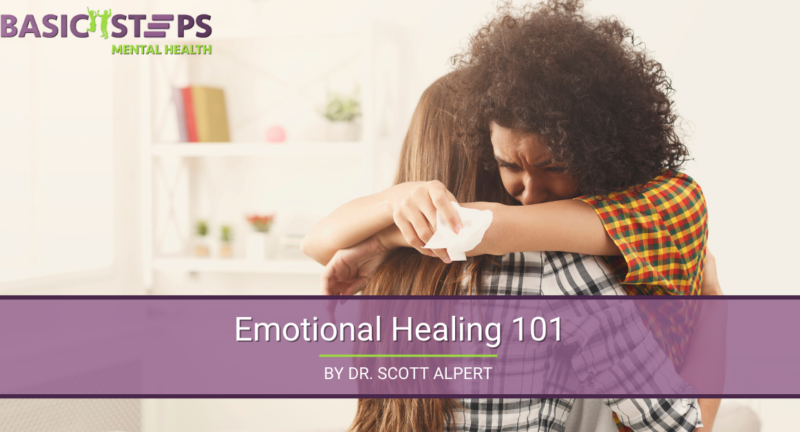
Violence in the Community
Coming from Los Angeles, we knew that when the weather got hot, the violence increased. In this area, it seems like the heat has the same effect. At my housing complex, we have had a sudden increase in violence that has unnerved a lot of people, including myself. What can a person do about it?
There are a few psychological models that are perfect to turn to when violence is taking place. As always, do what you can to stay safe. If you have to deal with a violent person, the most important thing is to stay calm.
When I worked at the mental health urgent care center a decade ago, we had our fill of those who were violent. It seems like mental illness and violence go hand in hand. With these persons, if you shifted to anger or fear you risked getting attacked and many of my fellow staff members had that experience far too often. As for me, I got hit once in eleven years for not bringing out the right food to a client that was being helped by someone else. I learned I could take a good punch – yippee.
It is important to realize when somebody is in a rage they are not thinking clearly. The higher functioning of the brain goes off-line and they are operating on survival mode. If you appear to be a threat, they will go after you. Stay calm, back off, and wait for the dust to settle before you engage with them. If they pursue you, stand with a table or a couch between you and ask if you can talk in ten minutes so you can go to the bathroom. Or, find another excuse to separate yourself. This is not a time to make any demands or make any threats. The person is unable to process any information at this time and your communication, no matter how great it may be, will be seen as an attack.
It takes some practice to withstand the storm of yelling and negativity. An advanced counseling skill called ‘Containment’ is something I fall back on at these times, where I simply hold a loving place inside of me and try to demonstrate that I really care.
One example was when a special forces man came into the mental health urgent care and was in a manic state and was angry at the world. When I walked into the interview room and he saw me, he stated, “I am a trained assassin and I have already sized you up and can kill you in eight moves!” You could imagine my shock in seeing a man that looked like a professional wrestler breathing out steam from both nostrils. I took in a breath, smiled, and said, “Do you train people to do this or write about it? If so I’m interested.” He hesitated, shook his head, and didn’t see that coming, then calmed down and chuckled.
One thing to know is you cannot fake this. You really have to be confident in what you are saying. During the session with this guy, whose neck was the size of my waist, I felt that a great connection was made, and he and I were soon laughing.
It takes practice to remain calm in the midst of a violent storm. If you cannot do it, don’t. Find a way to get out of the line of fire. If the person has to break things, let them. Things can be replaced – you can’t. In groups, if a person becomes violent, the entire group is ushered out and the staff will remain with the angry person in hopes of calming them down.
To be honest, this isn’t my favorite subject to write about since my childhood was filled with violence. As a child, we have no defenses and tend to panic, hold our breath, and become passive. If you find yourself fading out, having panic attacks, or rushing to substances to numb out in the face of actual or perceived violence, your core wounds need to be worked on or a state of panic will continue to appear. Why do you think I went to therapy? In early childhood trauma, a special set of tools are utilized that can be actually fun!
If you get angry and find it difficult to control, there are a few tools that will help you out.
- Free form writing – simply put pen to paper, write out everything that pisses you off and then rip it up and discard it.
- Go for a walk and talk out loud – get the energy up and out.
- Grounding – placing your feet on the bare Earth is very calming. Let that energy flow down your feet into the soil.
- List, rip, and shout!
With this last one, I’ll need to paint a picture. When I first started as an intern at Tarzana Treatment Center in Los Angeles – a 12 step county facility where ex-cons were often housed, one, in particular, had just started our program, and he and I may have had one or two sessions before he burst into my office sending me and a client scampering. He was seeing red and wanted to maim and kill people. I ushered my client out and asked this guy to list out everything that pissed him off. After writing for some time, he was still seething. I asked him to rip up the papers into tiny pieces and hold them in his hand – which he did. Then I said on a count of three I want you to yell and toss the paper into the air. Which he did with a deafening shout. I looked at him and asked – “Feel any better?” He said no, so I asked him to scoop up the paper and do it again. He did so, looked at me, and smiled and with a chuckle said, “that was the most ridiculous thing I’ve ever done, but thanks, I feel a lot better.”
There are more approaches that are important that address underlying hurt. What is important to know is that underneath all the anger lays hurt. The amount of hurt is being displayed in their anger, therefore therapists are trained to focus the interventions on the hurt in order to get real healing.
After a person blows and the dust settles, then the real work begins – which is called debriefing. People who blow their top won’t return to normal thinking for a few hours, so be patient. When you feel they are back in their center ask if you can talk with them about it. This takes some practice and how you handle this can either retrigger them or help them heal. In the debriefing don’t accuse them of anything, simply tell them you care and ask them if they want to talk about it. This is how you talk to their hurt. At this time simply listen. People tend to find their own solutions and find out what they plan to do the next time they get so upset.
Most likely, people blow up because they haven’t communicated what they want. The more someone holds in what they really want to say, it creates incredible inner tension. Or, if they don’t feel heard, or if they don’t feel respected. Trust me, there are countless reasons why people get over the top angry. Therefore in the debriefing process become curious. Why did they feel they had to get to that level with you? As you listen to them, you begin to create intimacy where two people can sit, talk, listen to one another, and find creative solutions.
Obviously, there is much more to this subject and we have just scratched the surface. If this topic is intriguing and you want to learn more about it, please let us know.
Compassionate Care is Always Available
There are many more tools and strategies you can use in your pursuit of happiness. Here is where we come in. Contact us at Basic Steps Mental Health and let us support and educate you on this journey back to your loving heart center. Imagine living a heart-centered life, regardless of what is happening externally. We’d love to be of help.
For 25 years, Dr. Scott Alpert, the clinical director of Basic Steps Mental Health, has treated over 7,000 people with mental health and addiction problems, using a Psychological approach that mixes and matches ten of the top approaches used in the industry. We are here virtually and in-person to help you get through this COVID-19 pandemic and many other difficulties you may be experiencing.
May you have good mental health.
Related Posts
Music Therapy
Years ago, I learned the value of music in therapy when I was working at an...
Emotional Healing 101
Every Psychological approach has its own theory of healing. Take Behavioral...




